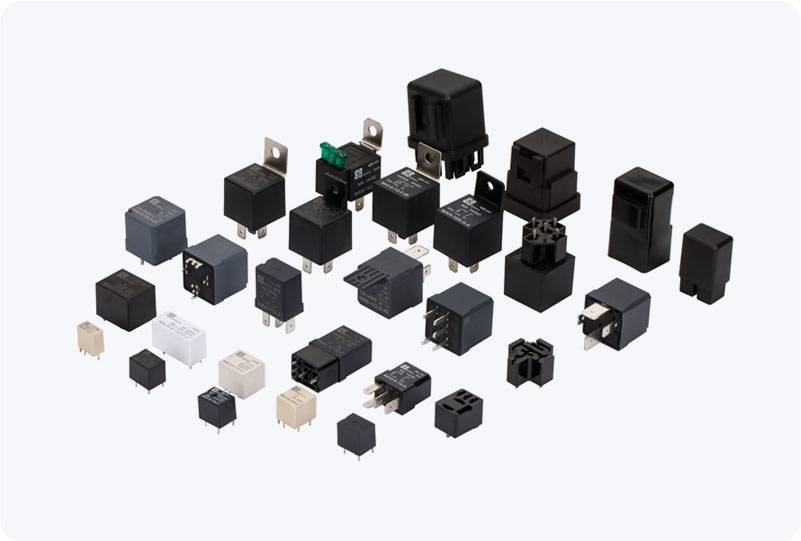Automotive relays are essential components in the electrical systems of modern vehicles, responsible for controlling the flow of electricity to various components such as lights, fans, and engine management systems. Given their crucial role in maintaining vehicle functionality, automotive relays must operate reliably in a wide range of conditions. One of the most significant challenges automotive relays face is the ability to function in extreme temperatures. These relays are often exposed to temperature extremes, from freezing winter conditions to the scorching heat under the hood. This article explores the challenges automotive relays face in extreme temperatures and the innovative solutions that ensure their continued reliability and durability.

Understanding the Importance of Automotive Relays Automotive relays are electromagnetic switches that allow a small current to control a much larger current. When a relay is activated, it closes or opens electrical circuits, enabling or disabling the flow of electricity. This process is crucial for systems such as the ignition, air conditioning, lighting, and safety features. Without the proper functioning of relays, a vehicle’s electrical systems may fail, leading to malfunction or breakdowns. Therefore, ensuring that relays can perform in extreme temperatures is essential for vehicle reliability and safety.